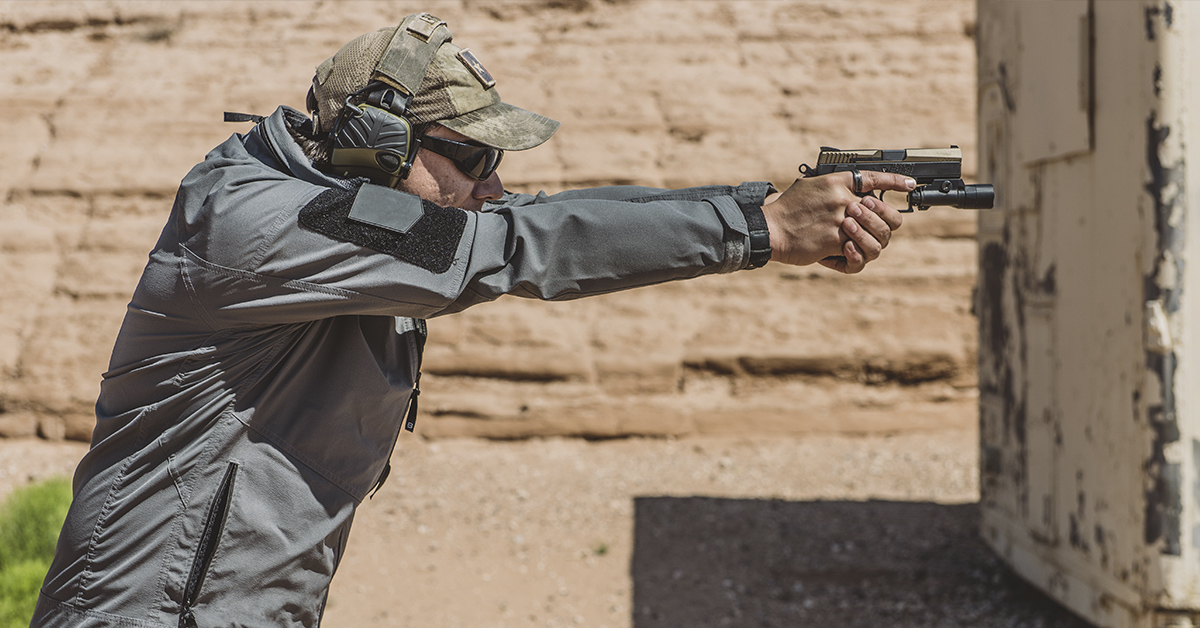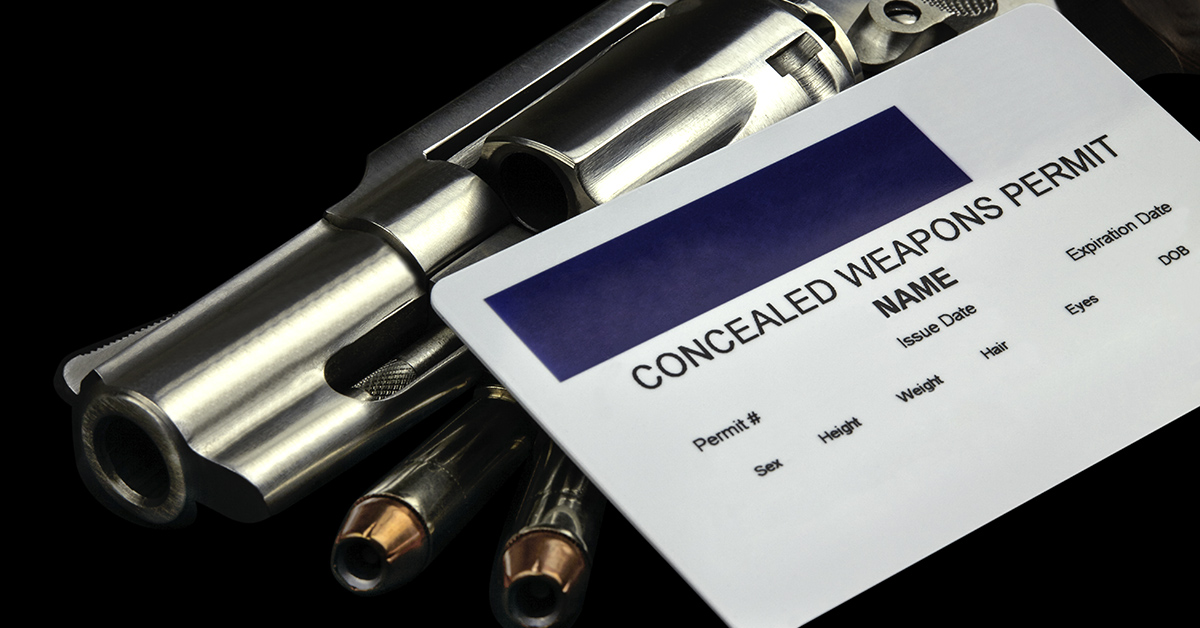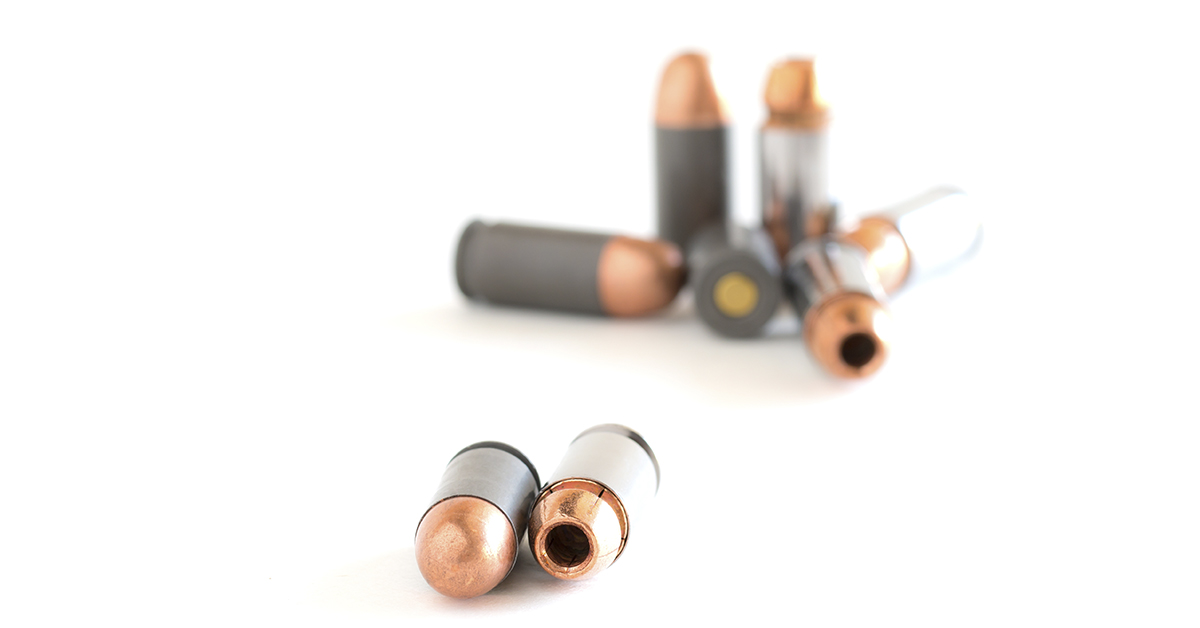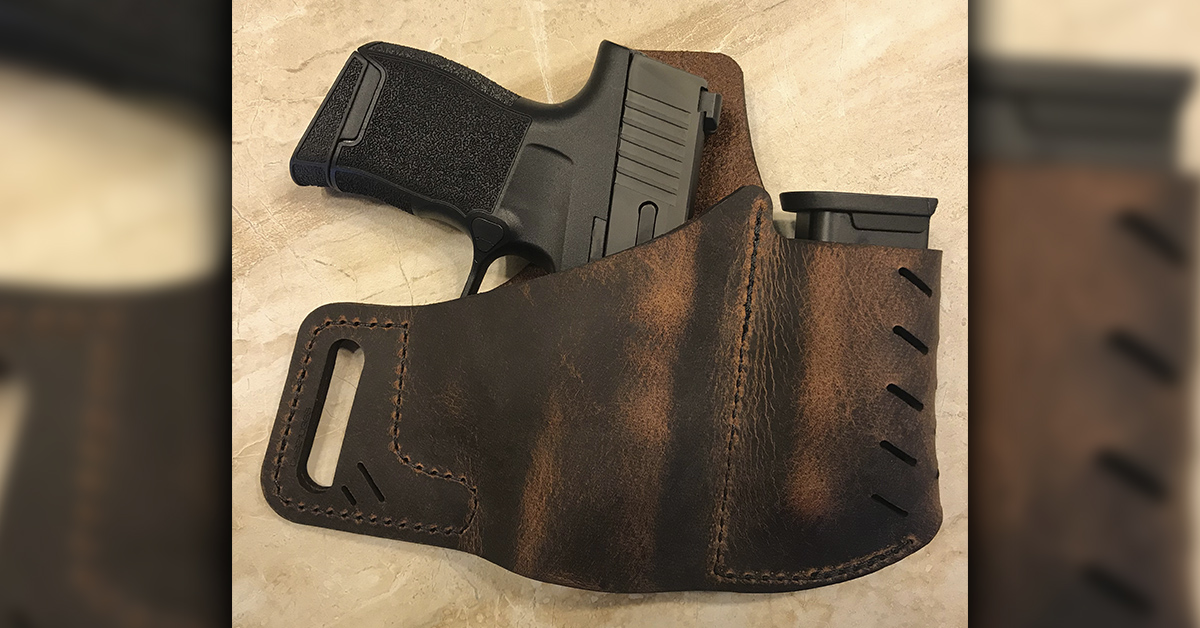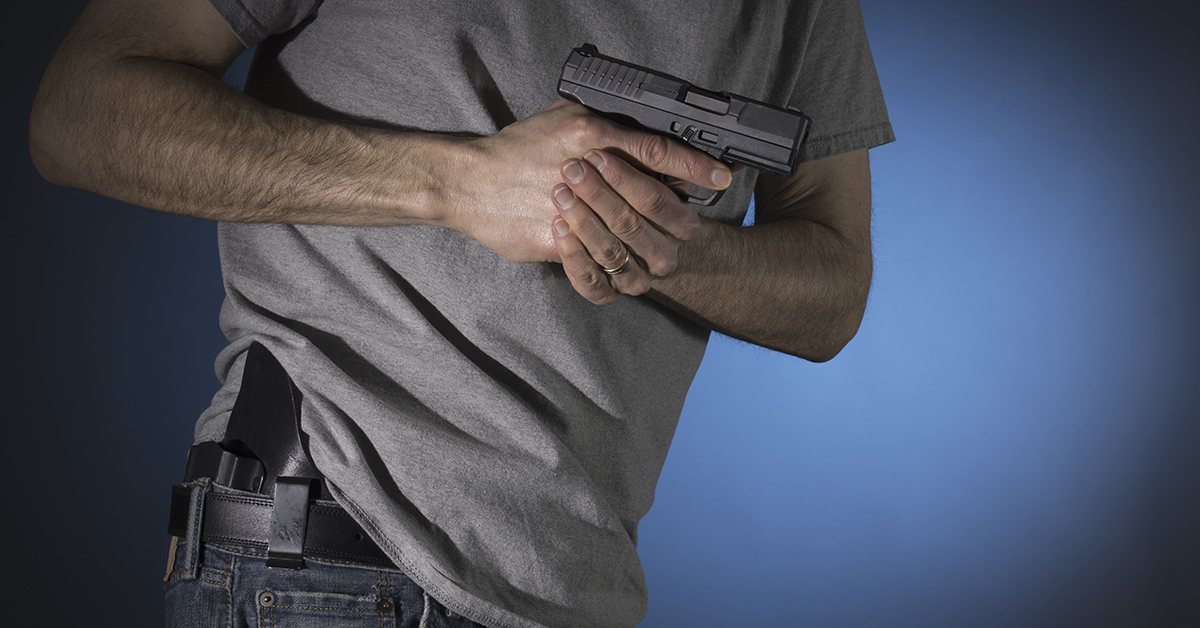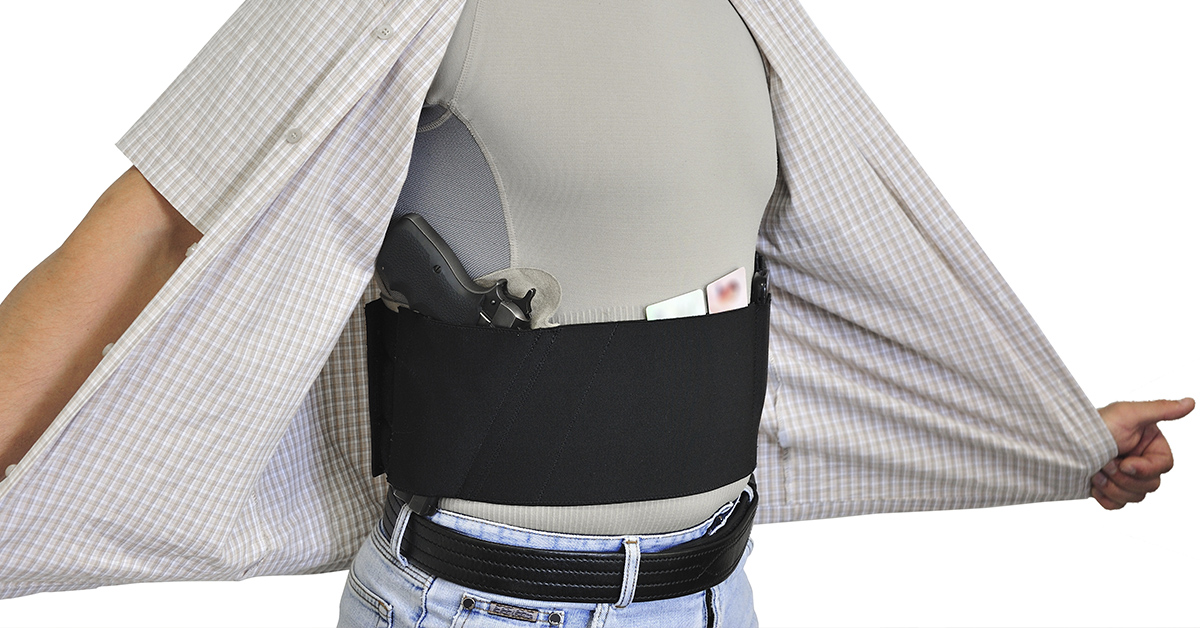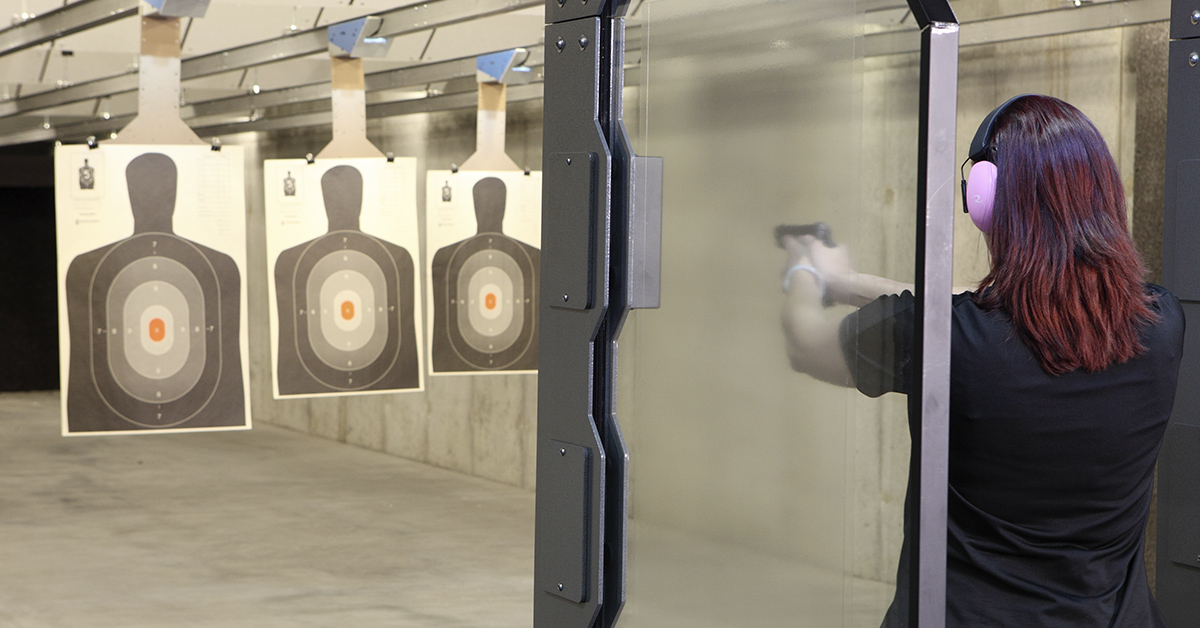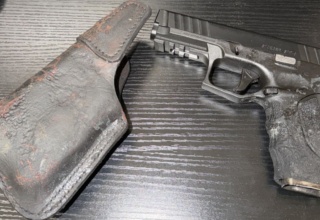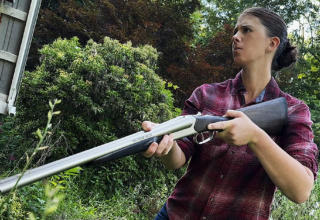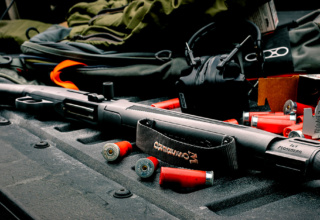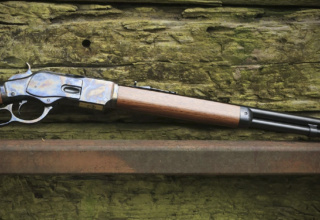If you are new to daily firearm carry or are considering doing so, here’s the 30,000-foot view of what’s involved and what you must consider
by Barb Melloni
So, you’ve decided you now want to carry a firearm for self-defense but are unsure of how to proceed.
What handgun is best for concealed carry? What kind of holster do I need? How do I draw my gun from the holster?
These are just tip-of-the-iceberg questions asked by anyone who is considering carrying a gun for self-defense. Other topics to consider include how to obtain a permit (where needed), the caliber that the gun is chambered in, holster material, holster placement, and more.
Once you’ve made the decision to carry and have obtained your CCW permit, your first instinct may be to go right to your local gun shop to pick out your new carry gun if you haven’t done so already. Perhaps you’ve got a wish list a mile long of various holsters, belts, optics, and more that you’re just itching to purchase.
STOP!
Your first consideration should be receiving good firearm training.
One cannot simply carry a gun with zero training under their belt, as the world of defensive shooting techniques is quite different from your standard trip to the range, shooting stationary paper targets. Further, defensive firearm training must be followed up with consistent practice to refine and to maintain those skills.
When faced with a life-or-death scenario, the adrenaline dump you’ll experience will impact your fine motor skills, vision, accuracy, and more. Rapid heart rate, simulated injuries to your dominant hand, unconventional shooting positions, and more are all different scenarios that should be replicated either on the range or at home (with dry fire practice) to prepare you for the situation you never hope to be placed in.
You must also consider the types of clothing worn while carrying and practice the aforementioned skills by wearing a variety of clothes for all seasons. Variety is the name of the game. Not only will this keep your training interesting, but it will also better prepare you for the numerous situations you may encounter.
In selecting your carry gun, the best advice I can give is to not take anyone else’s advice on choosing a specific brand/model. The fit of a gun to a person is a specific and personalized thing — unique to every individual. When possible, I always suggest visiting a range that rents guns or finding an instructor with a variety in their collection that they’re willing to let you test. By doing this, you can decide after some basic live-fire training which guns or features you like and, more importantly, which guns and features you don’t like so that way you’re not wasting your money.
You’re going to be presented with two options, as far as platforms go: revolvers and semi-automatic pistols. Once again, there is no right or wrong. The more important thing is that you find one that you enjoy shooting so you seek out continued training.
Semi-automatic handguns are the more common choice as they have a higher round capacity and are typically easier to conceal, but many still prefer carrying a revolver. Try out a variety and choose what you feel most comfortable with.
As to what cartridge the gun is chambered to shoot, this will vary depending on the model. Most carry guns are chambered in 9mm and .380, with .45 ACP and 10mm being the next most common options. Everyone has their pros and cons for what they choose (or don’t choose) to carry, but let availability and reliability be your guide if you’re on the fence between a couple of different options.
When purchasing ammunition, there’ll be a sea of selections with designations listed as HP and FMJ. Breaking it down simply, FMJ (full metal jacket) ammunition is designed to pass through the intended target and HP (hollow point) ammunition is designed to stop within the intended target. The expansion of the bullet (the “flowering out” of that hollow point) causes a transfer of energy that stops it within the target. Hollow-point ammo will be used in defensive scenarios and FMJ ammo will be used for general range training. There is nothing wrong with training with your defensive rounds, and you should always run a couple of mags through the gun to ensure they work properly without any hangups. Many find it beneficial to find a comparable FMJ round for training purposes as it is generally less expensive.
Choosing accessories for your new carry gun is always fun, but now is not the time to “cheap out,” as it is this gear that you’re using to hold the tool that could potentially save your life one day.
First up is a sturdy belt. Stylish thin belts are not up to the task of securing a holster and a handgun, so you will want to look for a leather or stiff canvas belt that won’t bunch up or flex during the draw.
Carrying can be done inside the waistband (IWB) or outside the waistband (OWB) in a variety of positions. Aside from carrying your gun on your hip, there are several options on where to carry, depending on what you’re wearing or the activity you are taking part in.
Holsters can be constructed in a variety of materials, with Kydex and leather being the most common, although several options on the market combine additional materials like suede into their construction. Whatever material you choose, make sure that it keeps your gun secure during use and everyday wear, and make sure that it’s comfortable because if it isn’t, you’re guaranteed not to wear it!
As to where the holster will be worn on your body, most folks carry on the hip in the 3 o’clock or 9 o’clock position. Another common location is appendix carry, along with shoulder carry, ankle carry, and several others. What you are wearing, the gun that you are carrying, and the body limitations specific to you will all play an important role in where you decide to place your holster.
A good tip, if you’re still deciding on where to carry, is to wear your holster with your gun inside (unloaded) around the house so you can determine which positions are comfortable and which are not. Certain activities may require you to carry in less than conventional manners. If you are an avid cyclist, for example, you may want to consider fanny packs that are purpose-built to securely hold your sidearm. These packs can be worn in a variety of positions to keep your gun close and secure yet comfortable to wear.
In years past, people who typically go to the gym or out running have needed to keep their guns at home. Today, we’ve seen an influx of concealed carry clothing like yoga pants, joggers, and more hit the shelves with built-in holsters hidden within the waistband.
If you wear a dress to a formal event, you may want to consider ankle holsters as an option since wearing your carry belt around your waist in that setting would certainly draw attention in the wrong way!
One last activity to mention is hiking. If you hike with a day pack or one meant for several days on the trail, these most often have kidney pads and straps in positions that prohibit carry. Several companies have designed holsters that attach to the straps of your pack, allowing you to carry your defensive firearm unencumbered. Pick an activity and there is sure to be a solution available.
While there are a lot of decisions to make when it comes to concealed carry, let each one build your bank of knowledge when it comes to training, gear, and all other aspects of carry. Taking your time to ensure you have built a strong foundation on which to grow is key. Do not take the responsibility that comes with defensive carry lightly — you owe it to yourself to be the best you can be when it comes to confidence and competency.
- TESTED: Heritage Badlander Nickel Double-Barrel - September 30, 2025
- REVIEW: Mossberg 990 AfterShock - August 25, 2025
- TESTED: Taylor’s & Company TC73 Lever-Action 9mm - June 30, 2025

